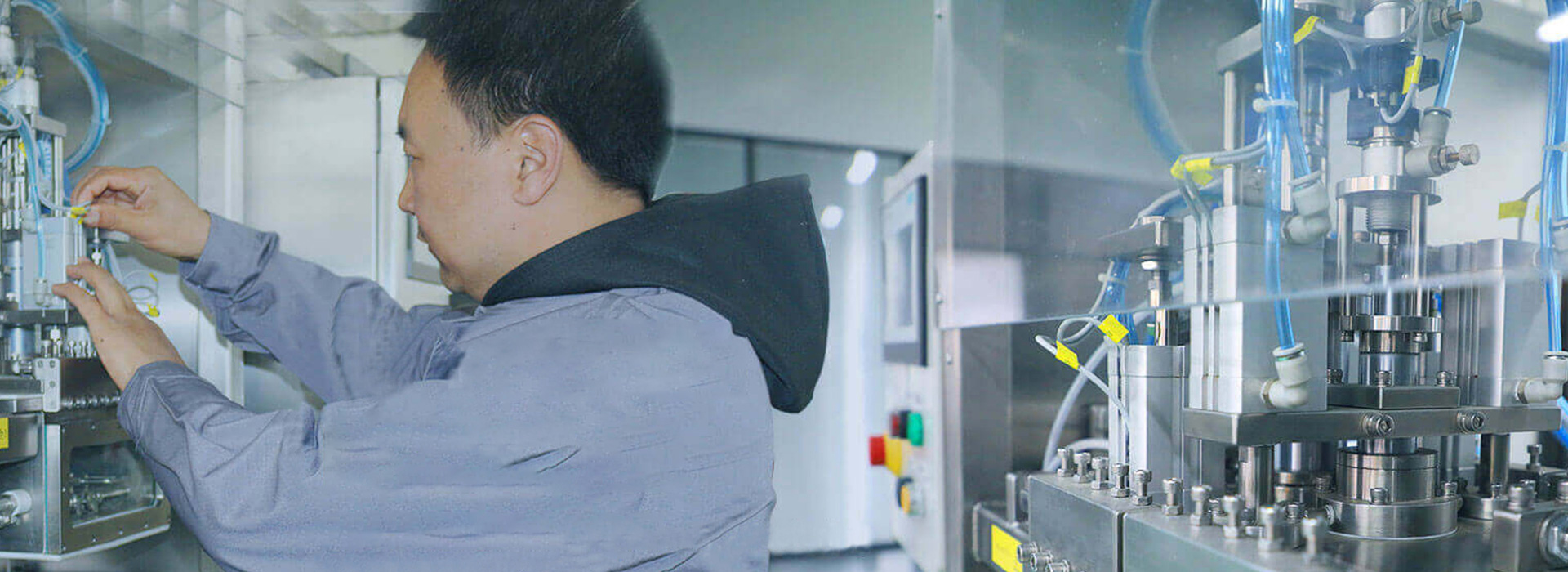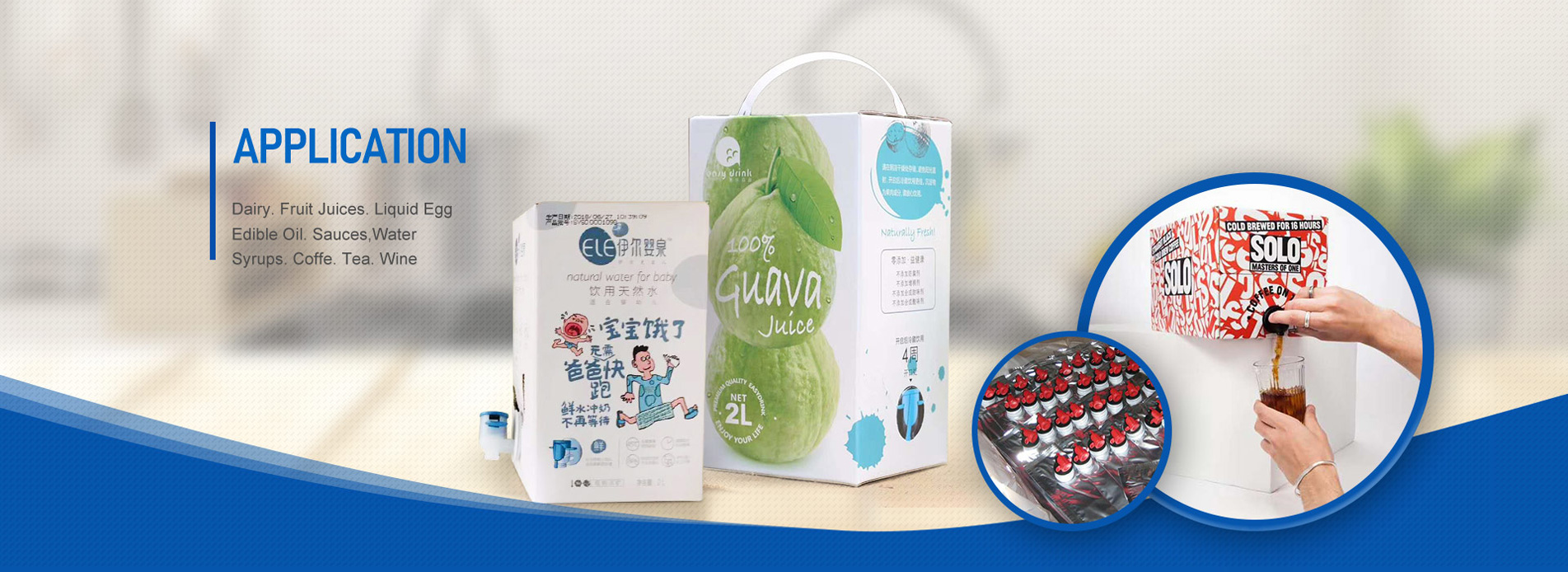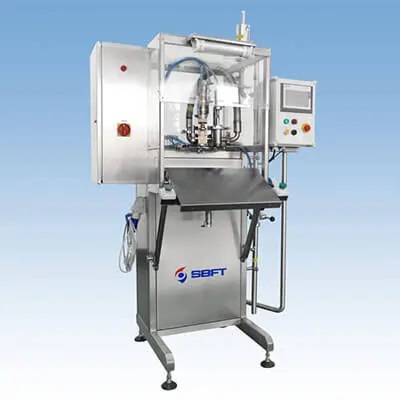Improve production efficiency: Modern high-performance filling machines can fill and package at a faster speed, thereby improving production efficiency. They can automatically complete the filling process, reduce manual operations, and save time and labor costs.
Improve product quality: High-performance filling machines can accurately control the filling volume and packaging process to ensure product consistency and quality. This helps reduce product loss and improves product appearance and quality.
Cost savings: By improving production efficiency and reducing product loss, modern high-performance filling machines can help companies save costs. Additionally, they typically have low maintenance costs and a long service life, resulting in cost savings in the long run.
Adapt to diverse needs: Modern high-performance filling machines usually have flexible design and versatility, and can adapt to packaging containers of different specifications, shapes and materials to meet the packaging needs of different products.
Improve corporate image: The use of modern high-performance filling machines can improve the company’s production technology level and packaging efficiency, thereby enhancing corporate image and competitiveness. This helps attract customers and partners and increase market share.
To sum up, modern high-performance filling machines play an important role in the production and packaging industry and can bring many benefits and help improve production efficiency, product quality and corporate competitiveness.
Compatibility of capacity and nozzle size is very important when using modern high-performance filling machines. Ensuring that the capacity and nozzle size of the filling machine match the packaging requirements of the product can ensure a smooth filling process and help ensure product quality and production efficiency.
Capacity compatibility: The capacity of the filling machine should match the packaging capacity of the product. If the packaging capacity of the product exceeds the maximum capacity of the filling machine, it will cause incomplete filling or require multiple fillings, affecting production efficiency. On the contrary, if the packaging capacity of the product is much smaller than the minimum capacity of the filling machine, it may lead to waste and increased costs. Therefore, it is important to ensure that the capacity of the filling machine matches the packaging capacity of the product.
Nozzle size compatibility: The nozzle size should match the product’s packaging container. If the nozzle size is too large, it may cause product overflow or incomplete packaging; if the nozzle size is too small, the filling speed may be too slow or cannot meet production needs. Therefore, it is important to choose a nozzle that is suitable for the size of the product packaging container.
In summary, ensuring that the capacity and nozzle size of a modern high-performance filling machine matches the packaging requirements of the product can ensure the smooth progress of the filling process, improve production efficiency, and ensure product quality.
For maintenance tips on semi-automatic filling machines, here are some suggestions:
Regular cleaning: Regularly clean all parts of the filling machine, including nozzles, pipes, valves, etc. Use detergents and appropriate tools for cleaning to ensure products are not contaminated.
Lubrication maintenance: For parts that need lubrication, such as transmission devices, bearings, etc., perform regular lubrication maintenance to ensure the normal operation of the machine and extend its service life.
Regular inspection: Regularly inspect various components of the filling machine, including electrical components, sensors, control systems, etc., to ensure their normal operation. Machine failures and downtime can be avoided by identifying and resolving potential problems promptly.
Debugging and calibration: Regularly debug and calibrate the filling machine to ensure its filling accuracy and stability. As needed, operations such as flow calibration and pressure calibration can be performed.
Train operators: Ensure that operators receive professional training and understand the use and maintenance techniques of the filling machine to reduce misoperation and machine damage.
Replace wearing parts in time: Regularly check the wear of wearing parts, such as seals, O-rings, etc., and replace them in time to avoid leakage and damage.
Follow operating procedures: Strictly follow operating procedures and safe operating regulations to ensure the safe operation of the filling machine.
In general, regular cleaning, lubrication maintenance, regular inspections, debugging and calibration, training operators, replacing wearing parts and following operating procedures are the keys to maintaining a semi-automatic filling machine in good condition. These measures help extend the service life of equipment, improve production efficiency, and ensure product quality.
Post time: Sep-06-2024








